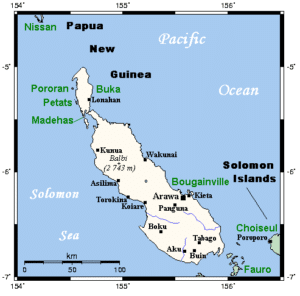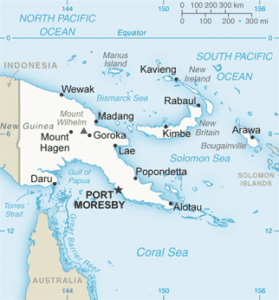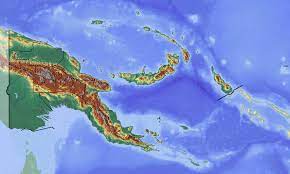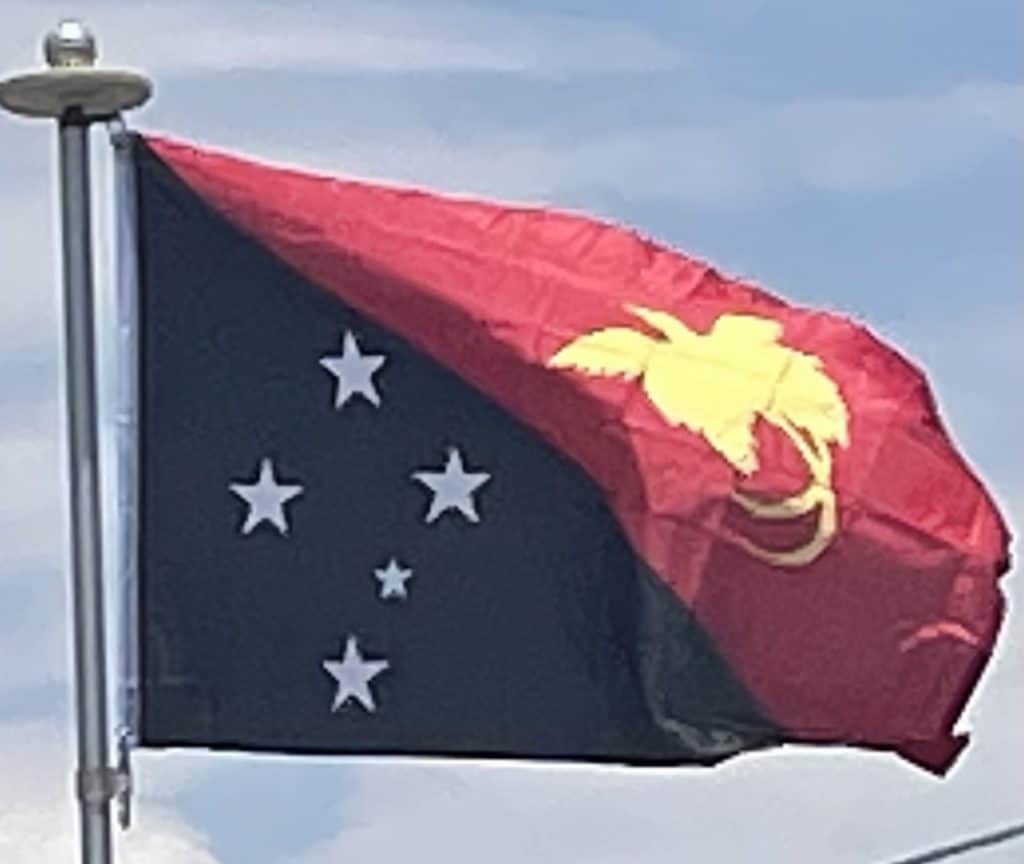The natives of Papua appealed to the United Nations for oversight and independence. The nation established independence from Australia on 16 September 1975, becoming a Commonwealth realm, continuing to share Queen Elizabeth II as its head of state. It maintains close ties with Australia, which continues to be its largest aid donor. Papua New Guinea was admitted to membership in the United Nations on 10 October 1975.
Bougainville:
A secessionist revolt in 1975–76 on Bougainville Island resulted in an eleventh-hour modification of the draft Constitution of Papua New Guinea to allow for Bougainville and the other eighteen districts to have quasi-federal status as provinces. A renewed uprising on Bougainville started in 1988 and claimed 20,000 lives until it was resolved in 1997. Bougainville had been the primary mining region of the country, generating 40% of the national budget. The native peoples felt they were bearing the adverse environmental effects of the mining, which contaminated the land, water and air, without gaining a fair share of the profits.

The government and rebels negotiated a peace agreement that established the Bougainville Autonomous District and Province. As part of the current peace settlement, a non-binding independence referendum was held, between 23 November and 7 December 2019. The referendum question was a choice between greater autonomy within Papua New Guinea and full independence for Bougainville, and voters voted overwhelmingly (98.31%) for independence.
Geography:
At 462,840 km2 (178,704 sq mi), Papua New Guinea is the world’s 54th largest country and the 3rd largest island country. Papua New Guinea is part of the Australasian realm, which also includes Australia, New Zealand, eastern Indonesia, and several Pacific island groups, including the Solomon Islands and Vanuatu. The mainland of the country is the eastern half of New Guinea island, where the largest towns are also located, including Port Moresby (capital) and Lae; other major islands within Papua New Guinea include New Ireland, New Britain, Manus and Bougainville.

Located north of the Australian mainland, the country’s geography is diverse and, in places, extremely rugged. A spine of mountains, the New Guinea Highlands, runs the length of the island of New Guinea, forming a populous highlands region mostly covered with tropical rainforest, and the long Papuan Peninsula, known as the ‘Bird’s Tail’. Dense rainforests can be found in the lowland and coastal areas as well as very large wetland areas surrounding the Sepik and Fly rivers. This terrain has made it difficult for the country to develop transportation infrastructure. Some areas are accessible only on foot or by airplane. The highest peak is Mount Wilhelm at 4,509 metres (14,793 ft). Papua New Guinea is surrounded by coral reefs which are under close watch, in the interests of preservation.

There are several active volcanoes, and eruptions are frequent. Earthquakes are relatively common, sometimes accompanied by tsunamis. On 25 February 2018, an earthquake of magnitude 7.5 and depth of 35 kilometers struck the middle of Papua New Guinea. The worst of the damage was centered around the Southern Highlands region. Papua New Guinea is one of the few regions close to the equator that experience snowfall, which occurs in the most elevated parts of the mainland.
Economy:
Papua New Guinea is richly endowed with natural resources, including mineral and renewable resources, such as forests, marine (including a large portion of the world’s major tuna stocks), and in some parts agriculture. The rugged terrain—including high mountain ranges and valleys, swamps and islands—and high cost of developing infrastructure, combined with other factors (including law and order problems in some centers and the system of customary land title) makes it difficult for outside developers. Local developers are handicapped by years of deficient investment in education, health, and access to finance.
